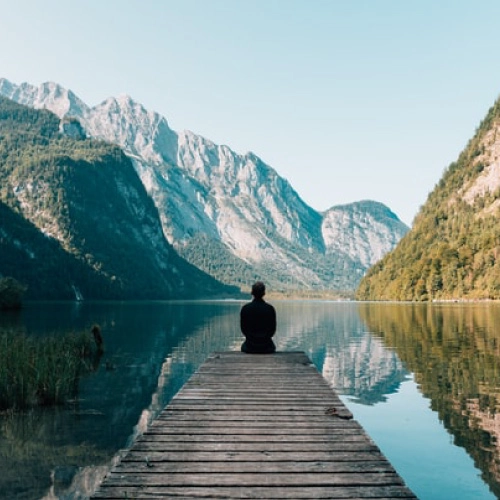
Saucha: Cleanse your body, mind, and spirit
Exploring Ahimsa — the first Yama — has truly been a deep inner journey that has brought back emotions and memories for me.Rediscovering the power
We’re Turning 5 – Celebrate With an EXTRA 15% OFF!
✨ Use code: PPB5YEARS at checkout
⏳ Offer ends Sunday at midnight – no extensions
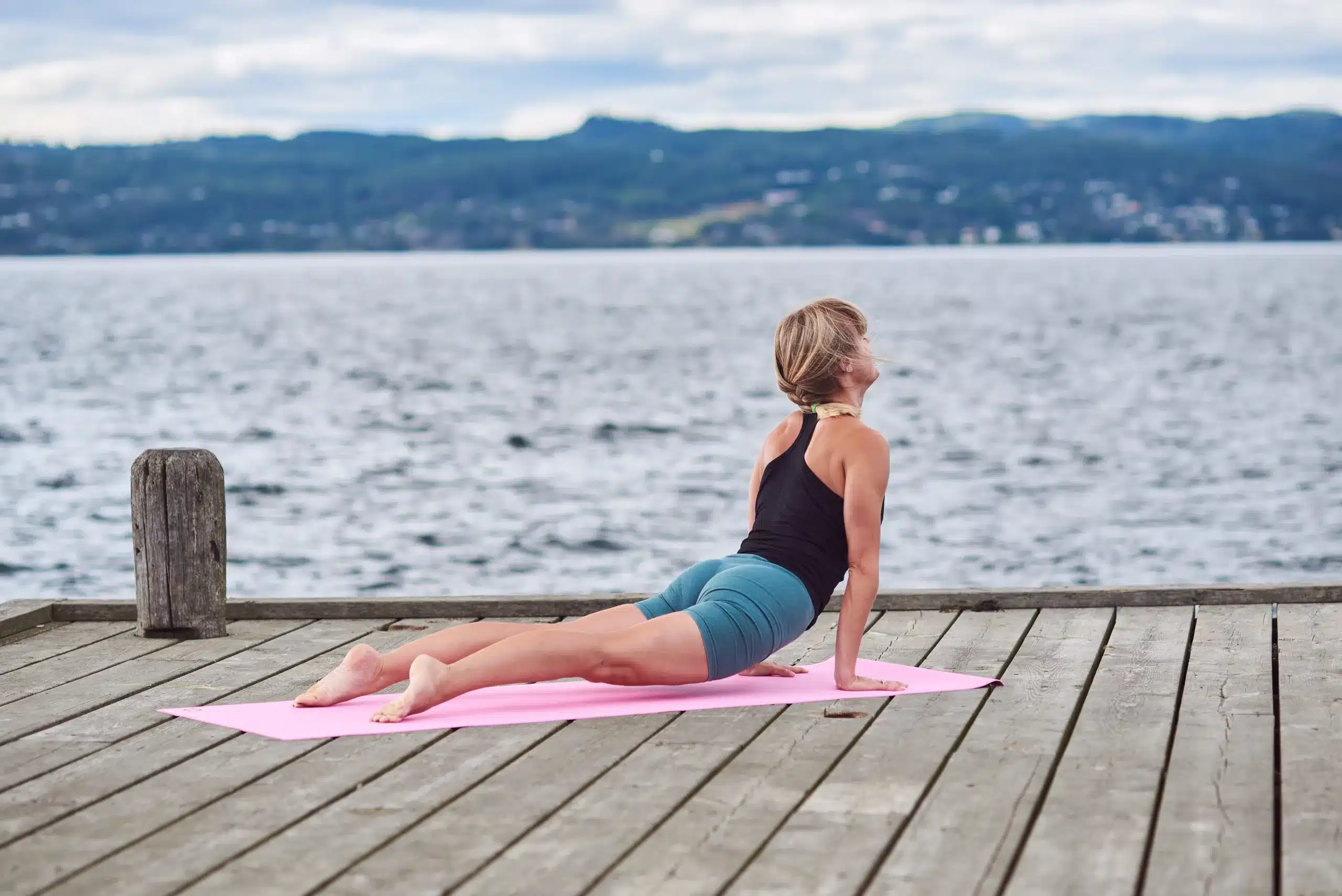
Have you tried practising yoga at home, but it didn’t work out? Perhaps you managed it for a few weeks but then lost motivation. Or maybe it was hard to fit into your schedule, and you found other things kept coming up.
If so, this article is for you! Here at PlayPauseBe, we believe everyone can (and should) have a regular self-yoga practice. And the good news is you don’t have to be super experienced to do so.
In this guide, we’re sharing our top tips and tools for creating a regular, effective and sustainable self-yoga practice. So let’s dive in.
One of the best ways to build a self-yoga practice routine is to set up a specific space for your practice where your mat is laid out waiting for you. This way, you’ll regularly see your yoga mat, prompting you to do your practice.
Be sure your yoga space is somewhere that is quiet, free from distractions, and not used for any other purpose. This is important as you want to create an ambience for self-care, which is hard to do in places like the living room, kitchen, or bedroom where there are other types of energies.
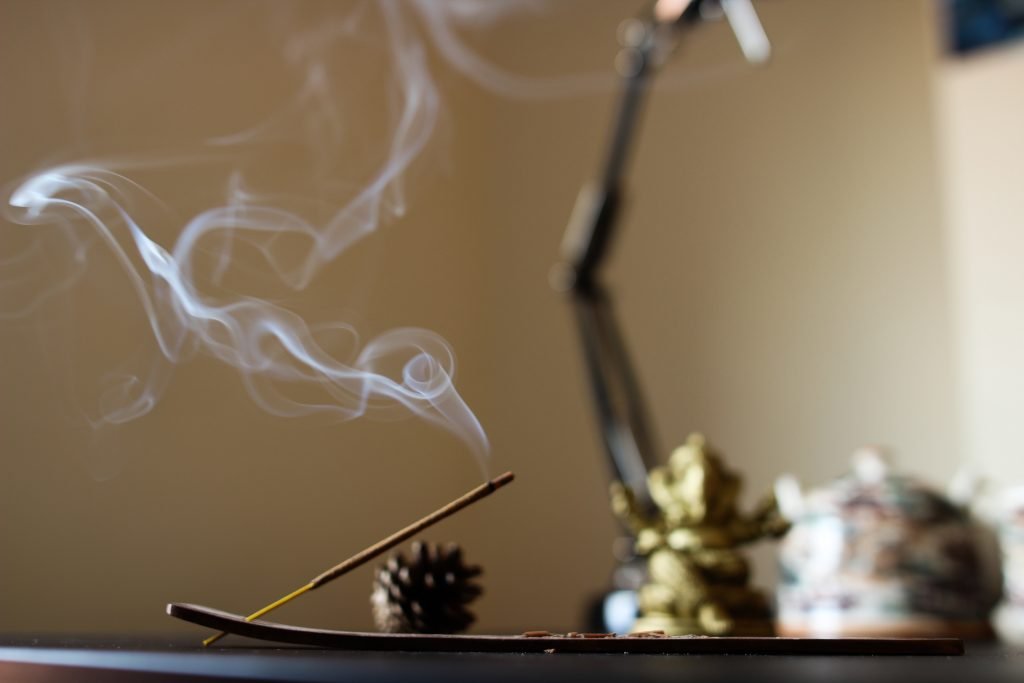
Make your yoga space as cozy and comfortable as possible so that it looks and feels inviting. For example, setting up a small altar with candles and incense may help to create a calm and relaxing vibe. Also, be sure to have everything you need for your practice close by, such as props and hand towels.
When starting any new daily habit, it helps to do it at the same time each day. So based on your schedule, choose a time when you know you are free and commit to doing your practice at that time every day. Doing this will help yoga become ingrained in your routine, like brushing your teeth or taking a shower, and you’ll be much less likely to forget about it.
An additional word of advice regarding this tip; our schedules can change, and thus, we may need to rearrange our practice from time to time. If this happens occasionally, you should be able to stay on track. But if you have to keep rescheduling, you may want to reconsider when is the best time of the day to do your practice.
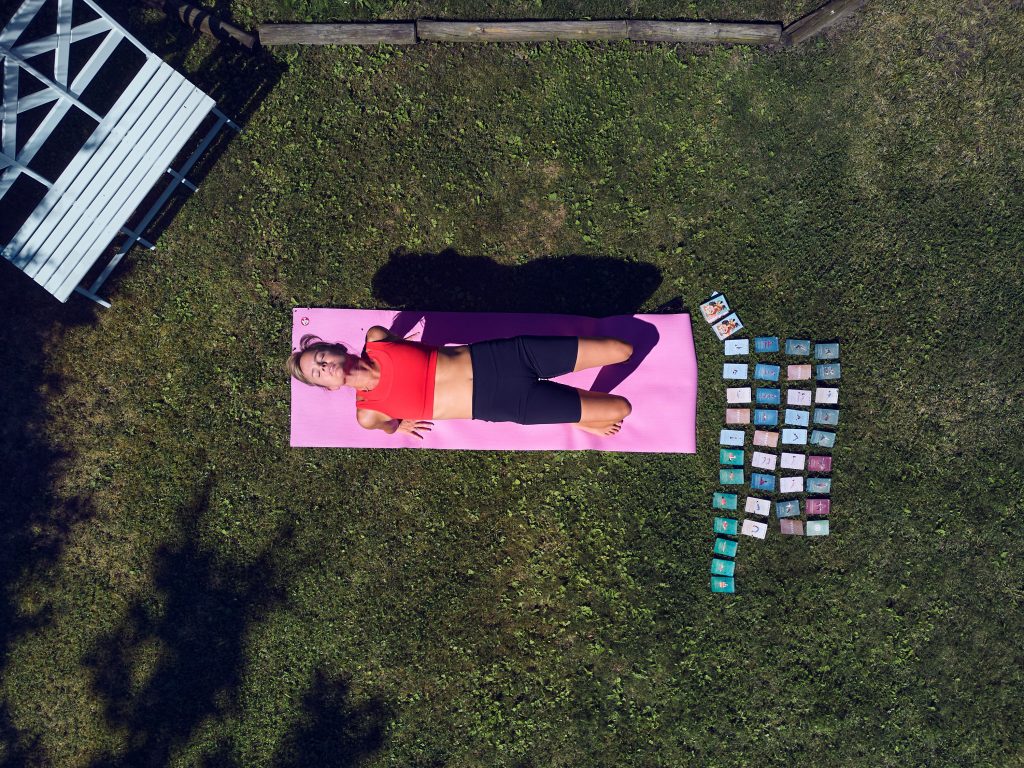
For example, let’s say you’ve been doing your yoga practice in the morning. However, then your shift changes, and you have to start earlier. You have less time before work but don’t fancy getting up even earlier. In this case, it might be more sustainable to practice in the evening instead.
Do you lead a busy lifestyle and find that you often forgo your yoga practice because of other, more pressing things? If so, you’ll surely benefit from this tip. When planning your week, schedule your yoga session each day.
While this may sound like a small thing, when you put something in the calendar, you are much more likely to follow through with it. It also prevents you from accidentally double-booking yourself.
When it comes to tools for practising yoga at home, the PlayPauseBe Deck is hands down the best option. The deck contains beautifully illustrated cards giving visual instructions on how to do the most common yoga postures. There is also a short written cue for additional guidance.
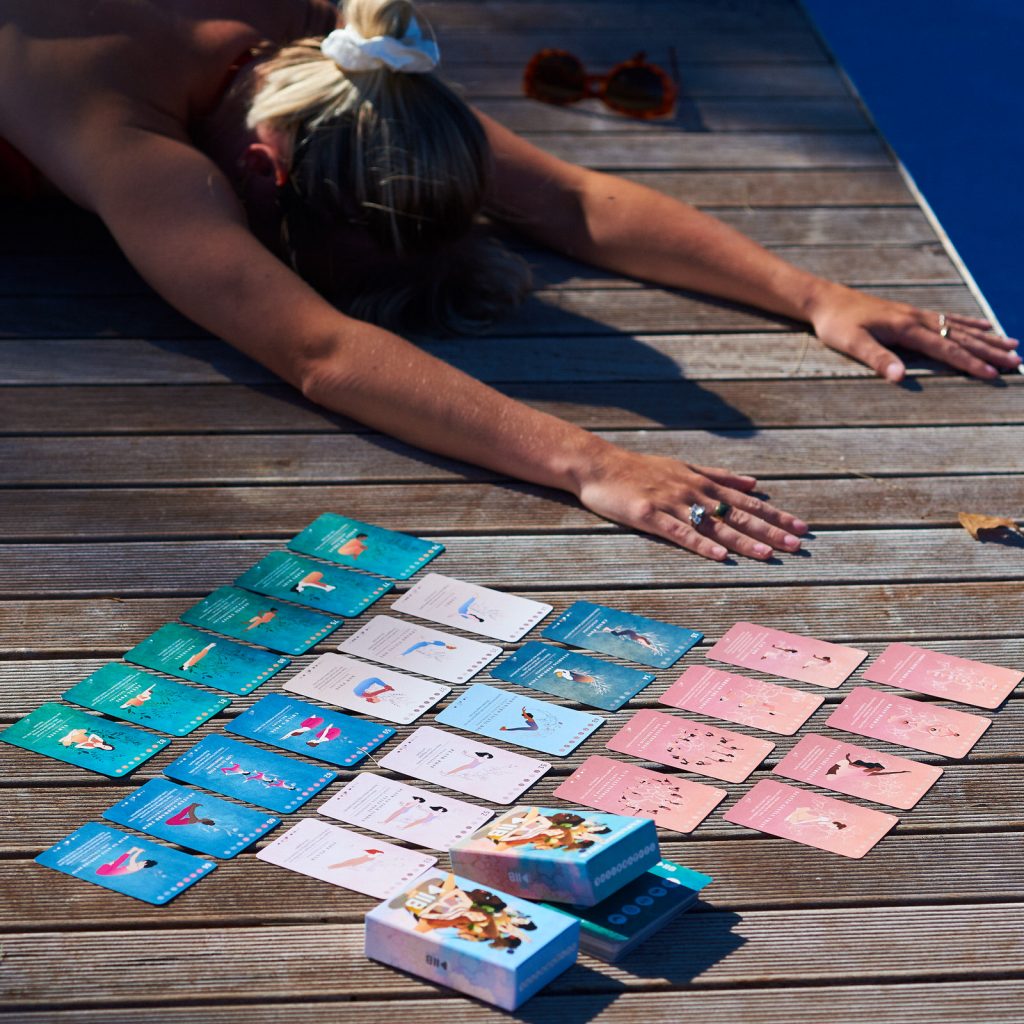
Along with learning the correct way to do asanas, the PlayPauseBe deck teaches you how to build sequences. It does this by categorising the poses and using an innovative sequencing referencing system, giving suggestions of asanas to do before and after the card in hand.
What’s more, there are now three decks to choose from, allowing you to take your home yoga practice even further. You can pair the Expansion Deck with the original one for more asana and sequencing choices, along with some additions to your self-practice, such as intention setting.
Then, the brand new Yin Yoga Deck will help you bring balance into your yoga routine. If your body is tired one day and you feel like skipping practice, use the Yin deck and create a gentle, relaxing, and replenishing sequence.
Accountability is a significant key to success in all things. When we have someone to hold us accountable, we are much more likely to show up for our practice. We can no longer lie to ourselves about why it’s ok to skip yoga, nor can we kid ourselves that things are going better than they are.
So if you’re starting an at-home yoga practice, consider enlisting a friend or loved one to do the same. You don’t have to physically practise together; you just “informally report” your progress with them regularly.
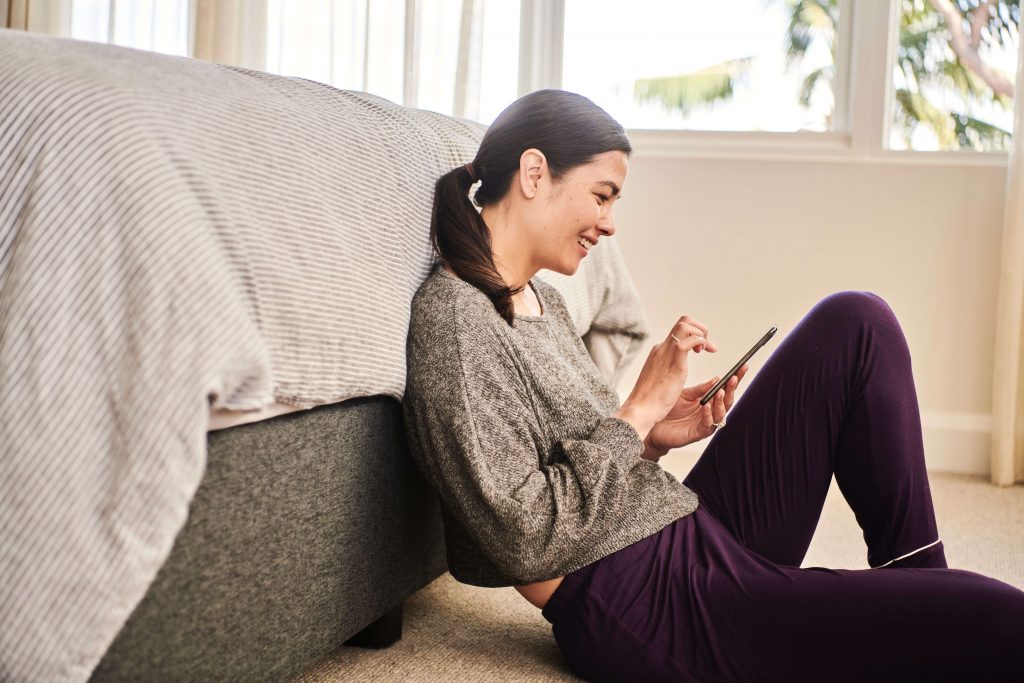
Having a yoga buddy also means you have someone to share your concerns with and celebrate your asana wins with!
You can find yogis online if your friends or family members are not keen to create a regular yoga practice. For example, participating in yoga challenges on social media is a great way to find accountability and more inspiration. We’ve run several yoga challenges at PlayPauseBe, including a 24-day Christmas Calendar Challenge!
Journaling is a fantastic way to track your progress and hold yourself accountable! It doesn’t take much time, and you can incorporate it into your practice. For example, at the end of each session, take a few minutes to jot down how your practice felt, any challenges you encountered, and any insights that came up.
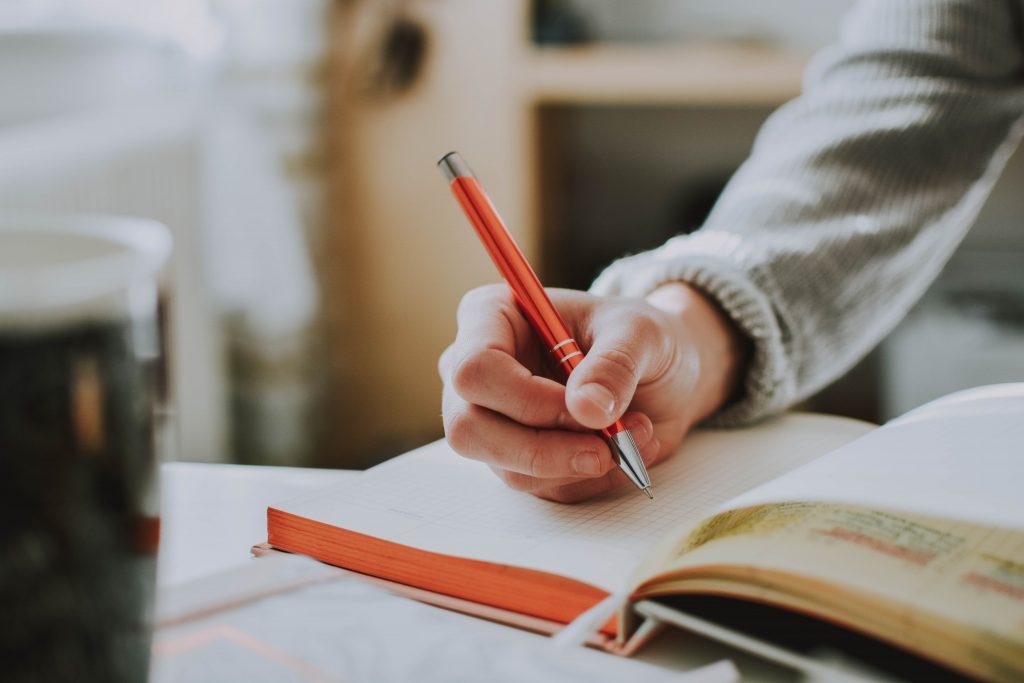
If you want to take it further, you can set weekly and monthly goals for your practice. For example, this could be to spend a certain amount of time on the mat, master a specific asana, or try a new pranayama technique, to name a few.
Finally, having a yoga journal is a great way to look back and see how far you have come.
As you can see, many things can help you maintain your home yoga practice. With proper scheduling, accountability, and valuable tools like the PlayPauseBe deck, you can say goodbye to feeling unconfident, uninspired and unmotivated on the mat.
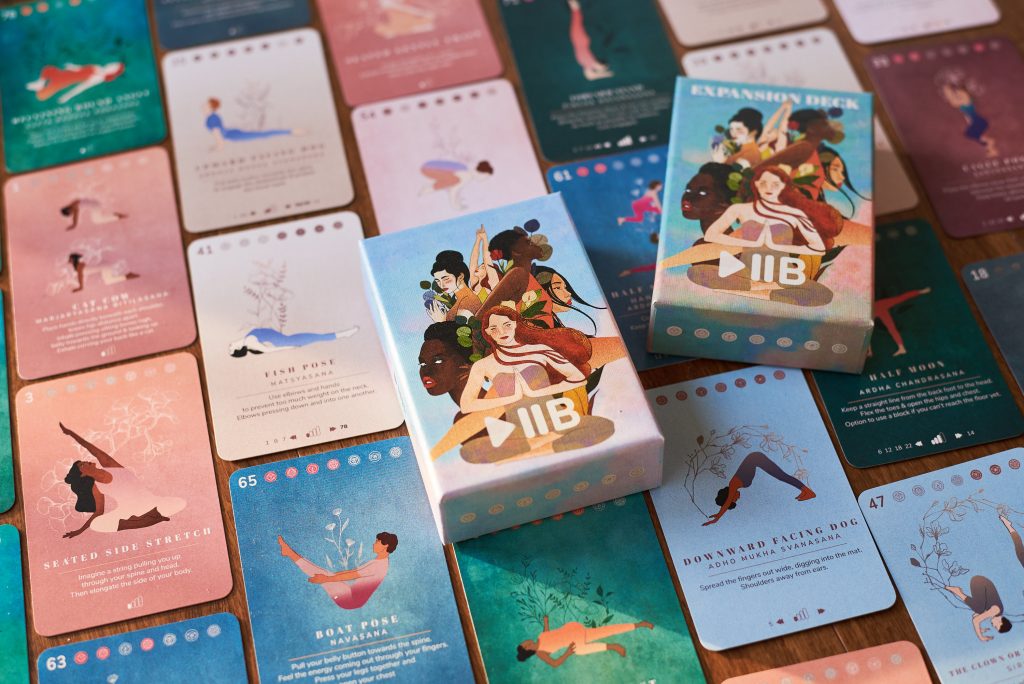

Exploring Ahimsa — the first Yama — has truly been a deep inner journey that has brought back emotions and memories for me.Rediscovering the power
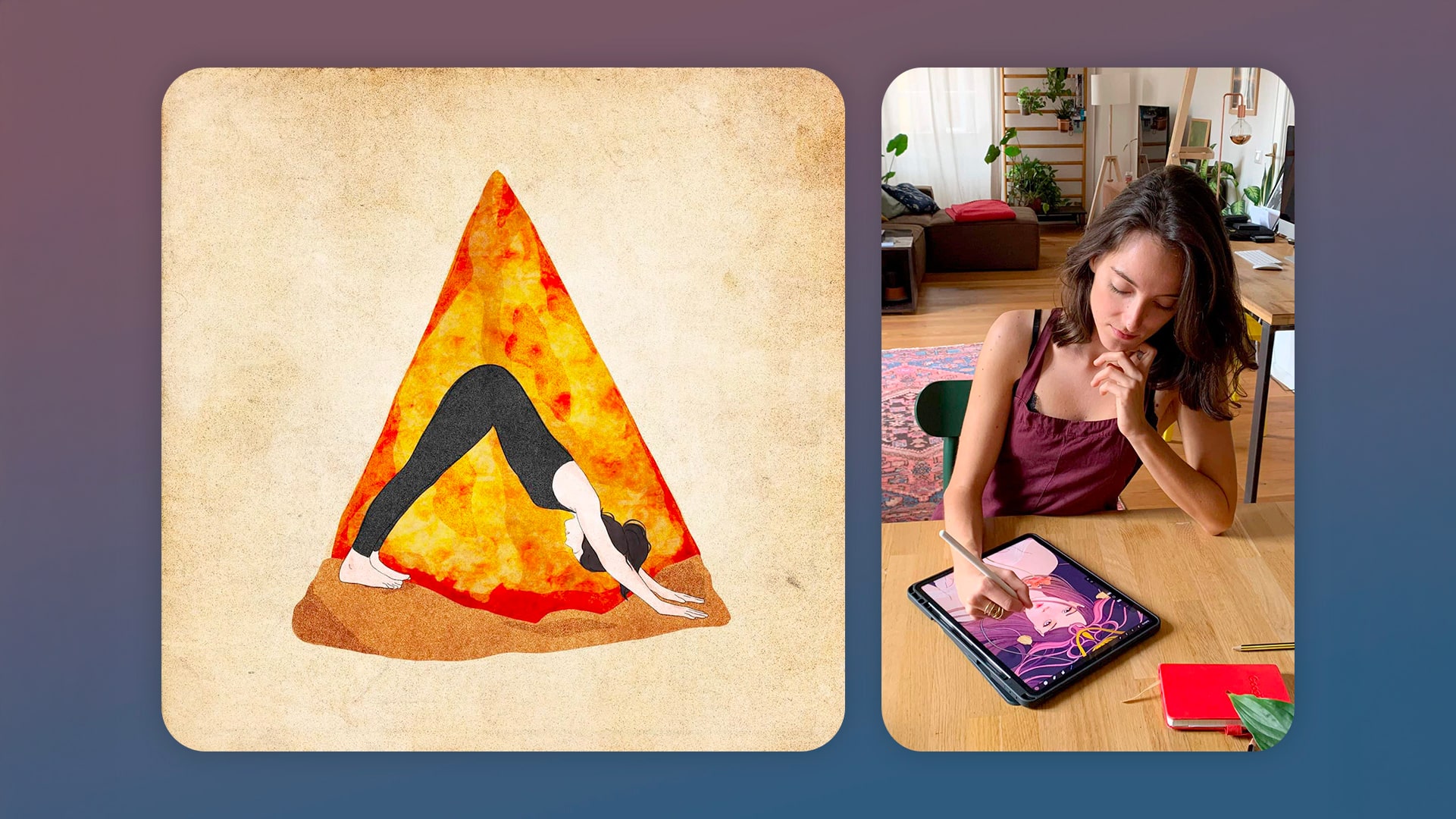
Exactly five years ago, Giulia, our illustrator, finally told me, “Yes, I’m going to do it.” At the time, PlayPauseBe was just an idea—a seed
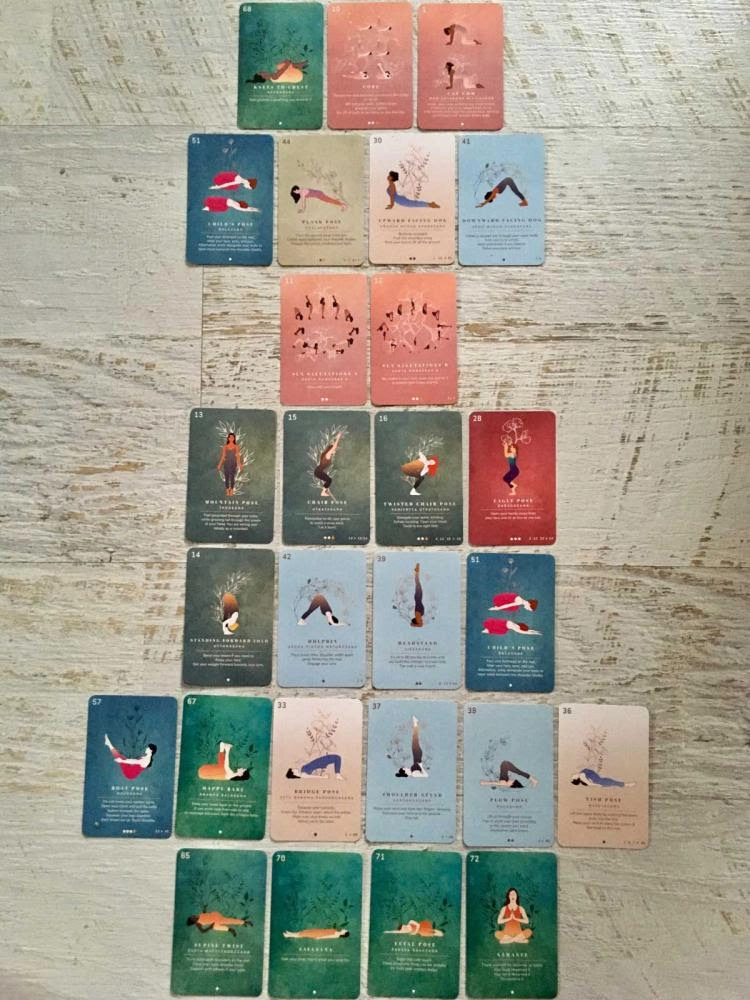
Have you had a chance to think about Saucha — and apply it to your life this past week? Saucha, the first Niyama, is all about how

Celebrate With an EXTRA 15% Off
Enjoy an extra 15% OFF everything – decks, bundles, and courses.
✨Use code: PPB5YEARS at checkout
Offer ends Sunday at midnight – no extensions!